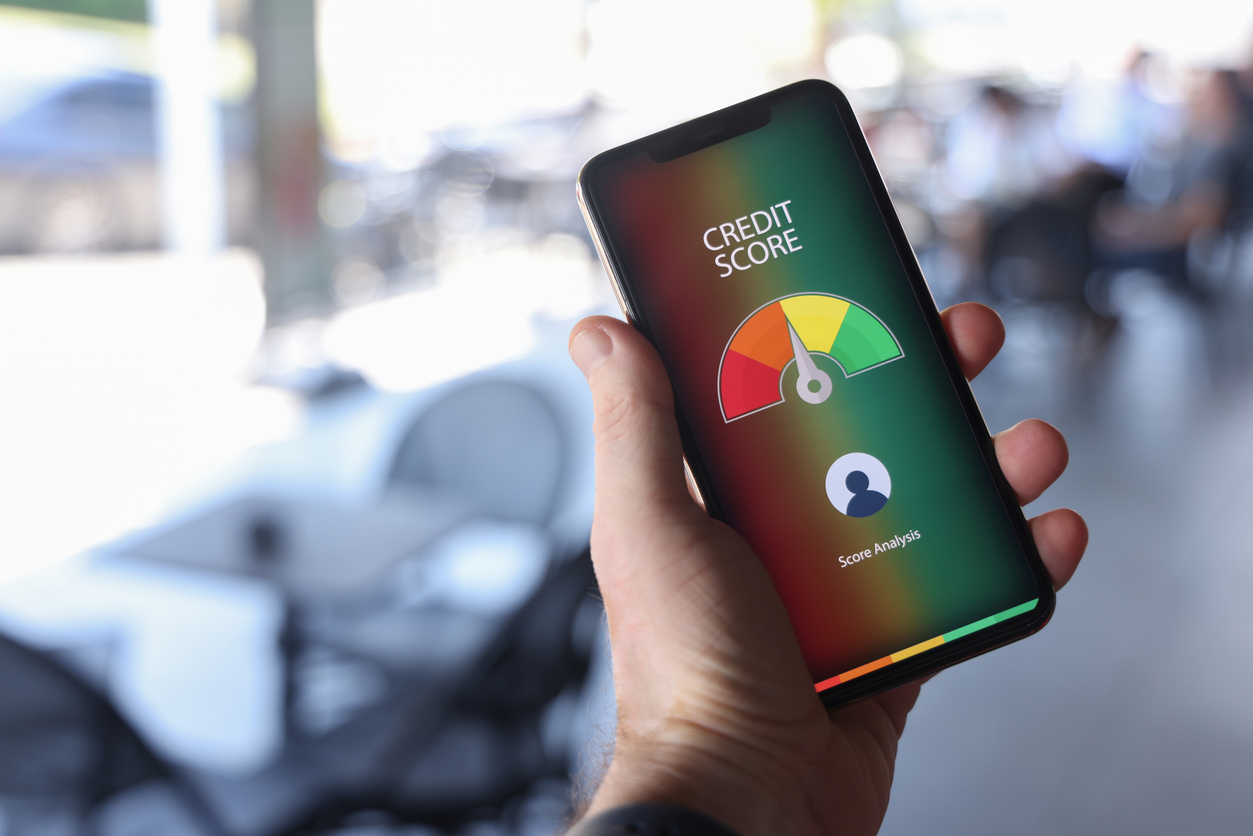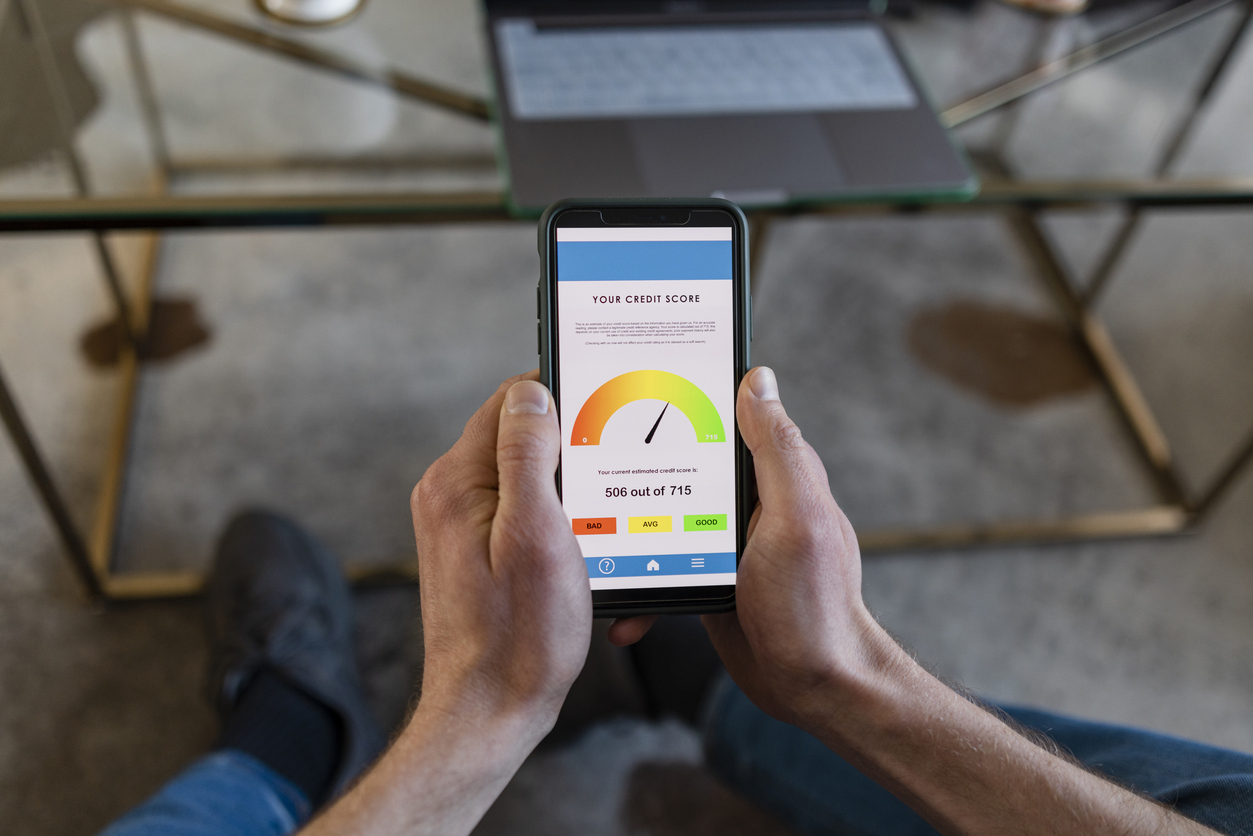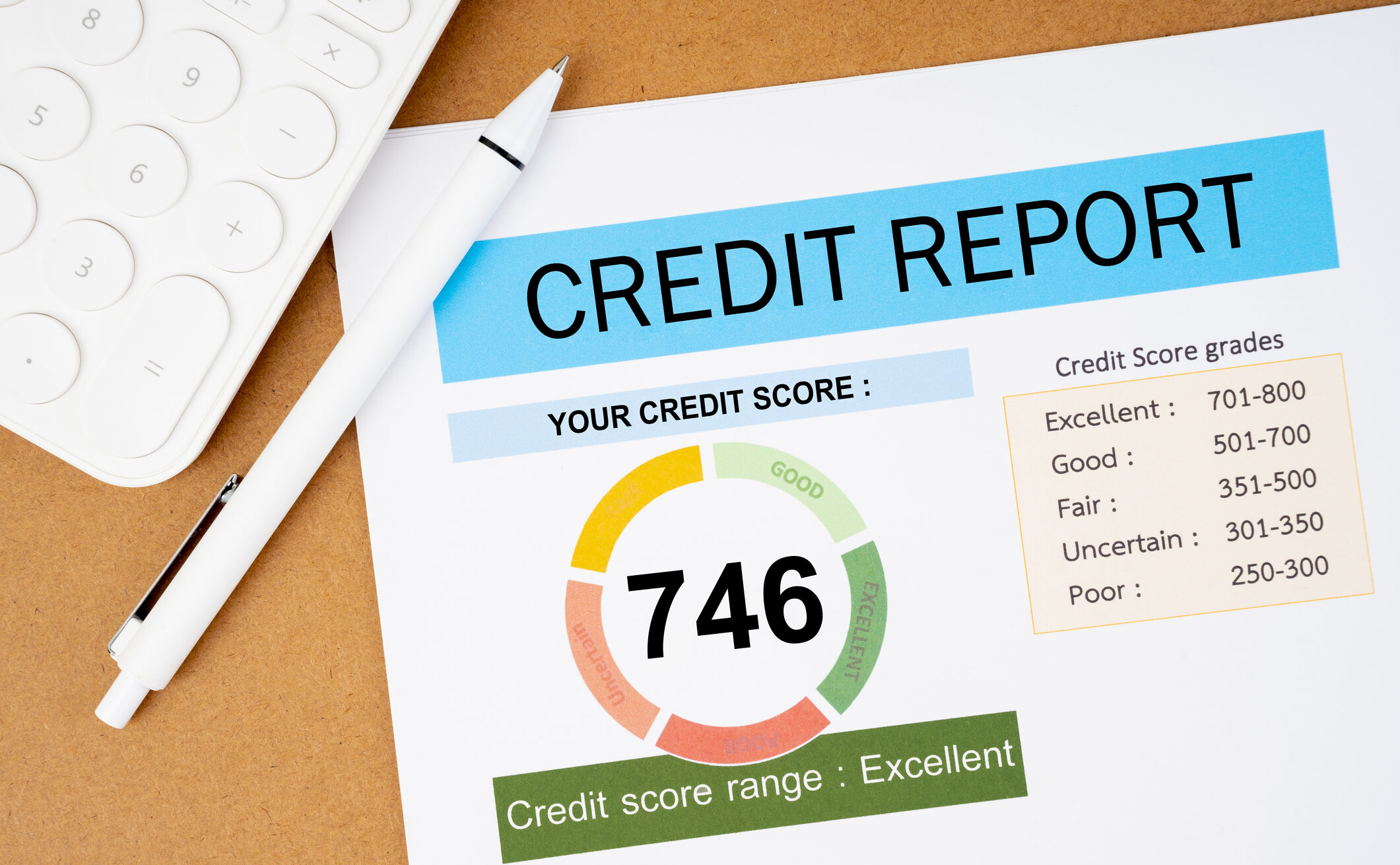
Key takeaways
-
Your credit score is a three-digit number that helps assess how likely you are to pay back debt on time.
-
Banks and other lenders use your credit score to decide whether to offer you loan-based products such as mortgages, credit cards, auto and personal loans, as well as the interest rate you will receive.
-
To calculate your score, financial institutions use information from your credit reports and feed it into a mathematical formula or scoring model.
-
You have multiple credit scores because scoring models vary across, and within, providers.
-
You can find your credit scores through your credit card issuers or other lenders, on free credit-scoring websites, by purchasing your score from the three main credit reporting bureaus or from FICO directly.
You’ve probably heard that a good credit score is a “must” if you’re considering making a big financial step, like applying for a mortgage or other loan. What people don’t always tell you is that you have multiple credit scores.
When we say “multiple,” we don’t mean a few, dozens or even hundreds. The three largest credit reporting bureaus – Equifax, Experian, and TransUnion – currently use over 1,000 credit scores.
How do you make sense of so many scores? Which ones should you keep an eye on? Are they equally important? And why do you have multiple credit scores in the first place?
What is a credit score?
A credit score is a three-digit number, usually between 300 and 850, that helps estimate how likely you are to pay back debt on time. The higher that number, the better.
Lenders and creditors use your credit score to decide whether to offer you credit cards, mortgages, auto and personal loans and other credit products. They also use it to determine important loan terms such as the interest rate and credit limit.
To calculate your score, the major credit reporting agencies (and sometimes lenders themselves) pull information from your credit reports and then feed it into a mathematical formula or scoring model. Some of the factors they look at include:
-
Total unpaid debt
-
Repayment history
-
Number, type and age of any loan accounts
-
How much of your available credit you are utilizing
-
New credit applications
-
Past debt collections, foreclosures, bankruptcies
Why are there multiple credit scores?
The reason you have multiple credit scores is that scoring models vary across and within providers.
Credit bureaus, credit scoring companies, and many lenders and creditors have their own scoring models. The credit bureaus and scoring companies periodically develop new versions of their models, but adoption rates are slow as many financial institutions continue to apply older models.
Lenders and creditors also don’t always report information on customers to all three credit bureaus. Even when they do, they don’t always provide the same information. As a result, one scoring model could yield different scores for different credit bureaus.
What’s more, the same lender or creditor may use different models for various internal purposes, such as when deciding on auto loans or mortgage applications. Each model uses slightly different information and weighs it differently.

The FICO® Score
While there are various scoring models, the most popular is the FICO score. It is a creation of the FICO credit scoring company and ranges between 300 and 850.
However, even FICO models vary. There are several versions, including FICO 8 and the most recent FICO 9. In addition to these base scores, there are industry-specific ones such as the FICO Auto Score or FICO Bankcard Score.

The VantageScore®
Another popular credit score is the VantageScore. The three largest credit reporting bureaus developed this scoring model in 2006. The most recent versions are VantageScore 3.0 and 4.0. Both range from 300 to 850.
Where can you find your credit scores?
You can find your credit scores by:
-
Contacting your credit card issuers or other lenders; many offer credit scores at no charge to customers.
-
Visiting credit scoring websites such as creditkarma or freecreditscore.
-
Purchasing your score from one of the three main credit reporting bureaus or directly from FICO.
How to make sense of multiple credit scores
Trying to interpret multiple credit scores can be challenging. The good news is that you don’t need to track down all scores in your name with all providers to get a good idea of where you stand.
Instead, look at a few scores and note the ranges and categories – exceptional, very good, good, fair or poor – that they fall under. For the most part, they should be pretty similar.
Next, check how your scores have evolved over time and pay attention to whether they go up or down in the same direction. Most services should explain what the values mean, why they fall in a given range, and what factors may be dragging them down.
If you notice any discrepancies across your scores, make sure to flag them with the credit bureaus. There may be an error in one of your reports. If so, you want to correct it as soon as possible by following the directions on each of the three main credit reporting agency websites.
Why you should check your credit scores
It’s a good idea to periodically check your credit scores even if you don’t plan major financial decisions any time soon. Your scores give you an indication of where your credit stands and whether you need to improve it.
Are your credit scores less than ideal?
If your credit scores are less than ideal, you’ll want to work to improve them. While doing so, if you are in need of cash to pay down debt or for a major life purchase, a home equity agreement may be a good option. With this type of agreement, you can access existing equity in your home without any monthly payments. In general, you only need a minimum FICO score of 500 to qualify, and there are flexible income requirements.
Equity can solve problems other financial products can’t. Learn more from Unlock Technologies.
The blog articles published by Unlock Technologies are available for general informational purposes only. They are not legal or financial advice, and should not be used as a substitute for legal or financial advice from a licensed attorney, tax, or financial professional. Unlock does not endorse and is not responsible for any content, links, privacy policy, or security policy of any linked third-party websites.”


